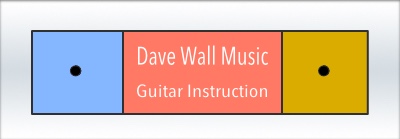Category : songwriting
This category contains a songwriting series, as well as a lot of ideas for approaching songwriting. It also provides information relating to basic music theory concepts in a practical way that relates to songwriting. This is not theory for the sake of theory.
